The researcher claimed that his report on the study also contained qualitative data.
Use the description of the study to justify the researcher’s claim
Did this page help you?
Exam code: 8182
The researcher claimed that his report on the study also contained qualitative data.
Use the description of the study to justify the researcher’s claim
How did you do?
Did this page help you?
Sketch the shape of a normal distribution on the graph paper.
Clearly label where the mean score would be on your sketch.
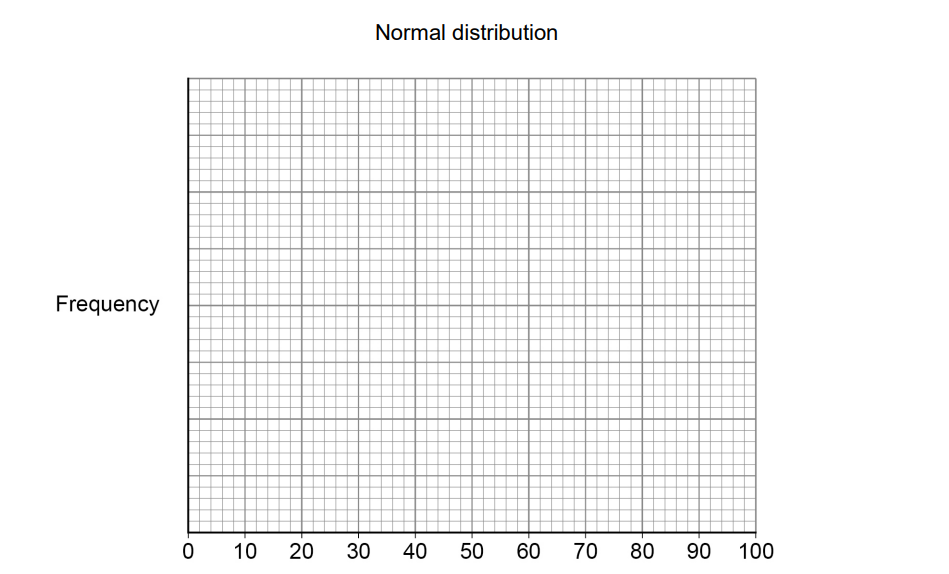
How did you do?
Did this page help you?
Read the following box information.
Watch out – dinosaurs about! A mobile phone company produced an app called DinoCatch to encourage people to exercise and enjoy more time outdoors. Someone playing DinoCatch would ‘catch’ digital dinosaurs on their mobile phone. These dinosaurs appeared on their screen when the player arrived at outdoor locations such as parks. A researcher wanted to assess the impact of DinoCatch in the town of Waterlake. She counted the number of visitors to Waterlake Park between 1–2 pm during each of the 7 days before DinoCatch was introduced and at the same time during each of the 7 days afterwards. |
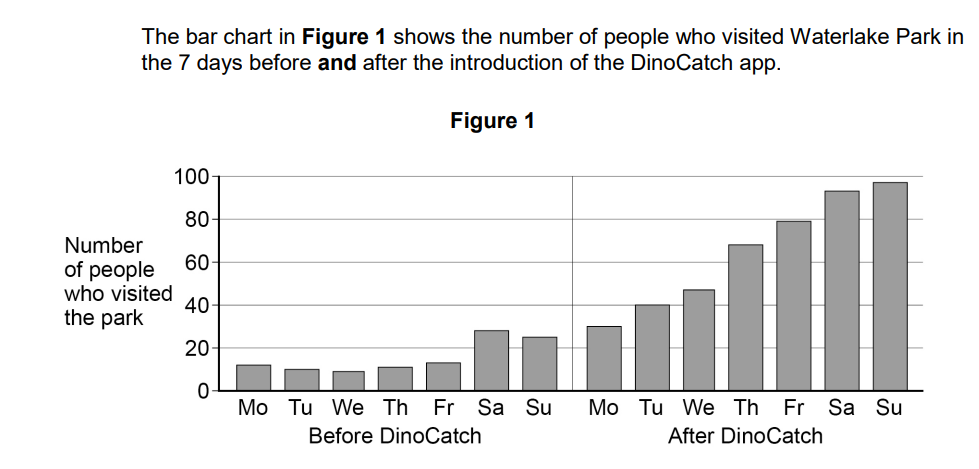
State the number of people who visited the park on the Tuesday (Tu) after the DinoCatch app was introduced.
Number of people______________________
How did you do?
Outline two conclusions that can be drawn from the data in the bar chart.
Conclusion 1 ____________________________________________________________________
Conclusion 2
____________________________________________________________________
At the end of the 14 box -day study, the researcher interviewed 10 participants about their experiences of using the DinoCatch app. She wanted to find out if there was a correlation between time spent outdoors and improvement of mood.
She asked the participants how many hours they had spent outdoors playing DinoCatch during the 7-day period after the app was released. She also asked participants to rate how much their mood had improved on a scale of 0–10.
A rating of 0 meant that their mood had not improved at all.
A rating of 10 meant that their mood had improved a lot.
The results are shown in Table 3.
Table 3 Number of hours playing DinoCatch and mood improvement rating
Participant Number | Number of hours spent outdoors playing DinoCatch | Mood improvement rating |
|---|---|---|
1 | 7 | 5 |
2 | 3 | 5 |
3 | 12 | 6 |
4 | 15 | 7 |
5 | 4 | 4 |
6 | 24 | 10 |
7 | 27 | 9 |
8 | 2 | 2 |
9 | 22 | 10 |
10 | 12 | 7 |
How did you do?
Did this page help you?
Read the following article.
In a study investigating perceptual set, 40 participants were asked to place their hand in a bucket of water for 10 seconds whilst listening to music. The temperature of the water was the same for each participant. They were asked to give a number between 1 and 50 to report how warm they thought the water was. A score of 1 meant the water felt extremely cold. A score of 50 meant that the water felt extremely hot. There were two conditions of the experiment. All participants completed both conditions. In Condition A, participants listened to a famous song that is associated with winter and Christmas.
In Condition B , participants listened to a famous song that is associated with summer and the sunshine. |
Table 1 shows the frequency of reported temperature scores for Condition A. One of the scores is missing.
Table 1
Reported temperature score | Frequency |
|---|---|
1–5 | 6 |
6–10 | |
11–15 | 16 |
16–20 | 1 |
21–25 | 2 |
26–30 | 0 |
31–35 | 2 |
36–40 | 1 |
41–45 | 0 |
46–50 | 1 |
Name the type of data that is shown in Table 1.
How did you do?
Calculate the number of participants who reported a temperature score between 6 and 10.
Show your workings.
Workings: |
Number of participants_________________
How did you do?
Sketch a histogram to show the results in Table 1.
Include the number of participants you wrote in answer to Question 10.2.
Provide a suitable title and labels for your histogram.
Title_______________________________________________________
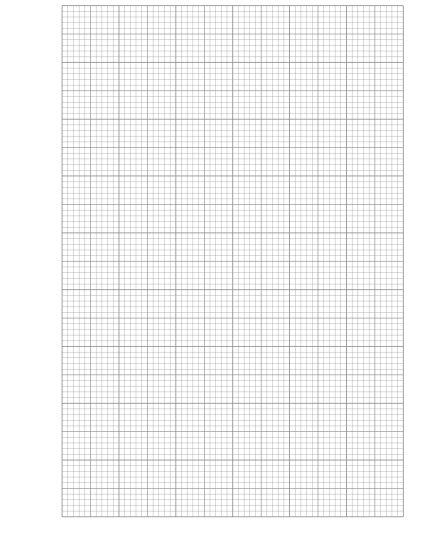
How did you do?
Did this page help you?
Explain one difference between primary and secondary data.
How did you do?
Did this page help you?
Read the item and then answer the questions that follow.
 A researcher conducted a study into perception. In condition A, participants were shown a series of letters. Then they were asked to identify the image shown in Figure 4. In condition B, participants were shown a series of numbers. Then they were also asked to identify the image shown in Figure 4. The researcher recorded whether the image was identified as a number or a letter. Table 1: The percentage of participants who identified the image as a number or a letter.
|
Use your knowledge of types of data to explain why the data is collected in this study is an exa
How did you do?
Did this page help you?
Read the item and then answer the questions that follow.
A teacher asked her students to record how long they spent on social media and how long they spent reading for pleasure over a 14 day period. This is what she found. |
Table 3: Table to show the time spent on social media and the time spent reading for pleasure
Participant number | Variable A (hours on social media) | Variable B (hours reading for pleasure) |
|---|---|---|
1 | 2 | 18 |
2 | 16 | 7 |
3 | 14 | 9 |
4 | 6 | 17 |
5 | 10 | 11 |
6 | 20 | 3 |
7 | 9 | 13 |
8 | 12 | 10 |
9 | 17 | 5 |
10 | 7 | 15 |
Use the graph paper below to sketch a scatter diagram of the results shown in Table 3. Provide a suitable title and labels for your diagram.
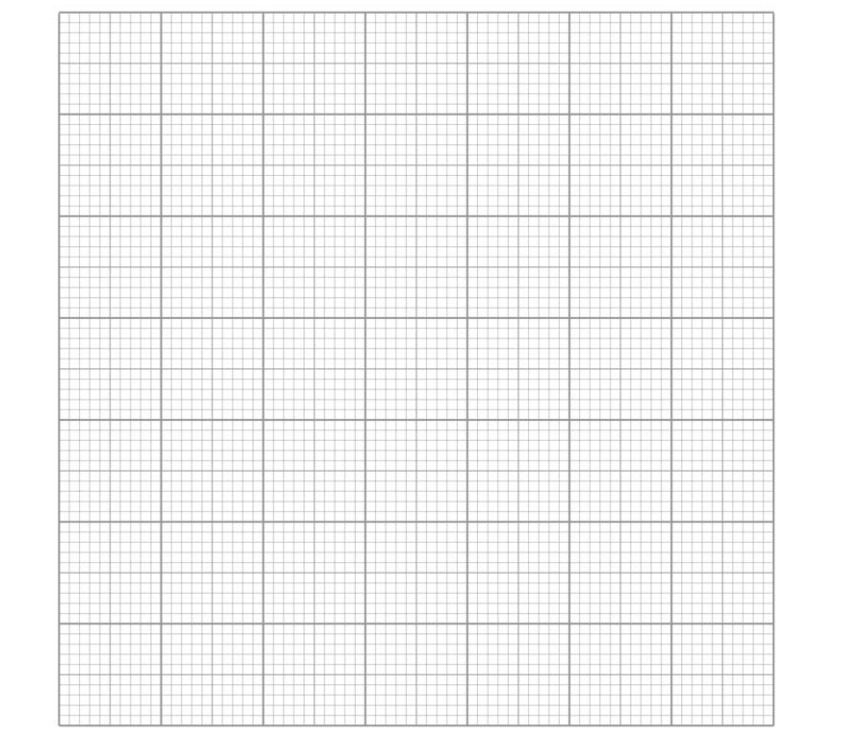
How did you do?
Outline what is meant by qualitative and quantitative methods in psychology and explain one difference between these methods.
How did you do?
Did this page help you?
Read the item and then answer the questions that follow.
Researchers wanted to evaluate the effectiveness of using cognitive behaviour therapy (CBT) to treat unipolar depression. They put up posters in a Doctors’ surgery asking for volunteers who had been diagnosed with depression to complete a questionnaire. The researchers chose 10 people who had only received medication for depression, and 10 people who had received both CBT and medication. The participants were asked to rate the effectiveness of their treatment on a scale of 0-10 where 0 is not at all effective and 10 is very effective. The results are shown in Table 4. |
Table 4: Ratings of effectiveness for types of treatment for depression.
Participant | Medication | Participant | Medication and CBT |
|---|---|---|---|
1 | 3 | 11 | 10 |
2 | 6 | 12 | 5 |
3 | 5 | 13 | 7 |
4 | 4 | 14 | 8 |
5 | 6 | 15 | 8 |
6 | 8 | 16 | 9 |
7 | 9 | 17 | 6 |
8 | 4 | 18 | 8 |
9 | 7 | 19 | 10 |
10 | 8 | 20 | 9 |
The median rating of effectiveness for the medication group was 6. Use your answer from question 21.1 to sketch a suitable diagram of the median ratings for effectiveness of treatment on the graph paper below.
Provide a suitable title and labels for your diagram.
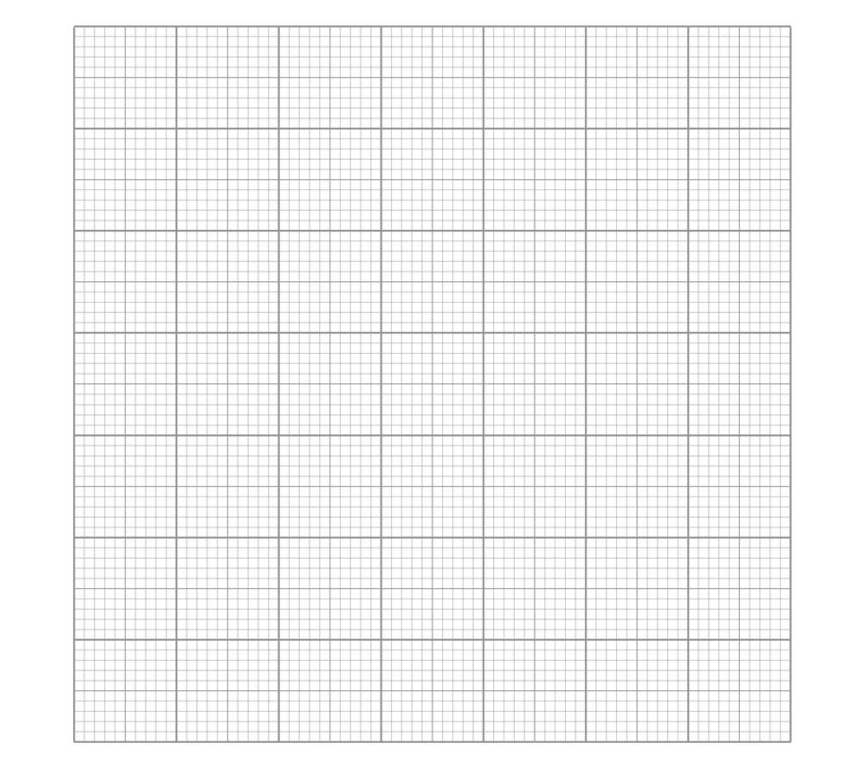
How did you do?
Did this page help you?